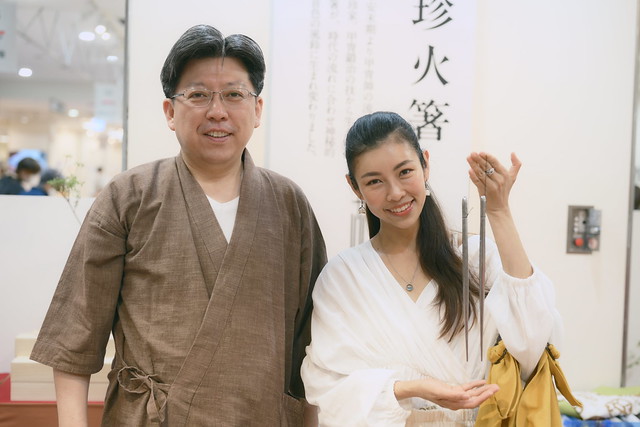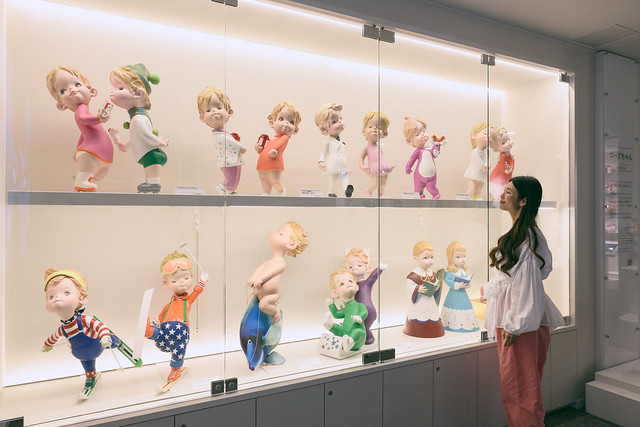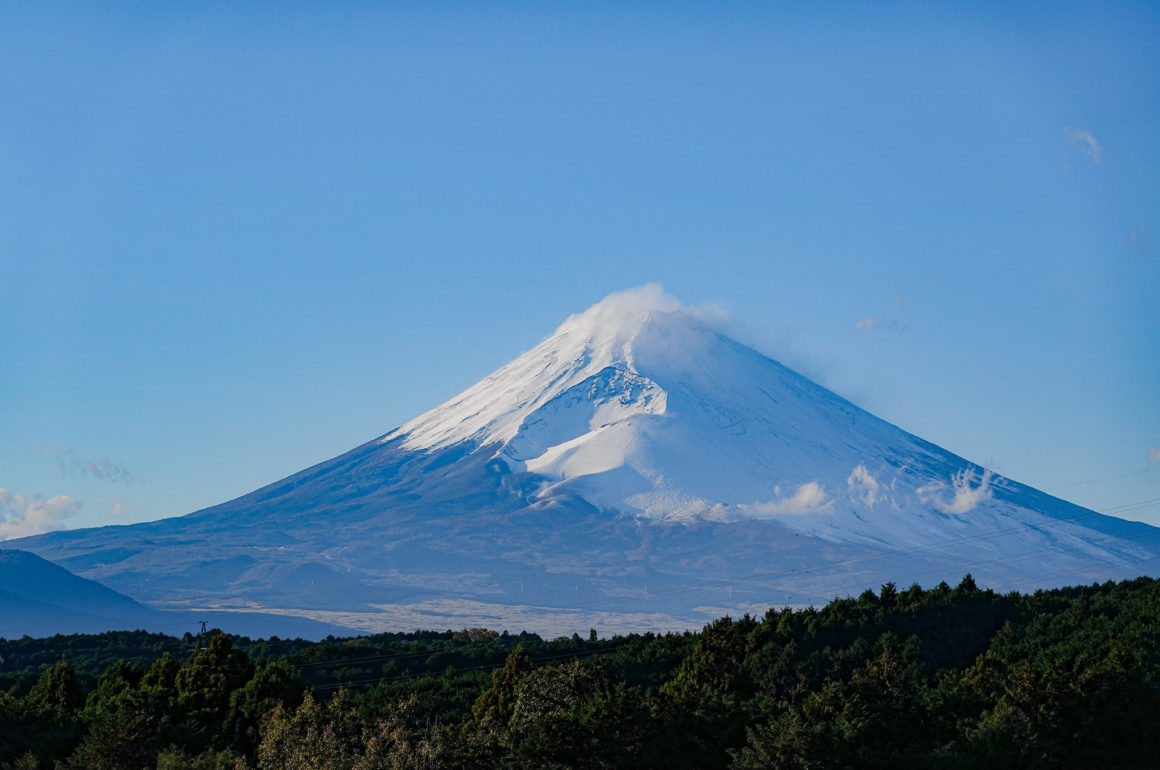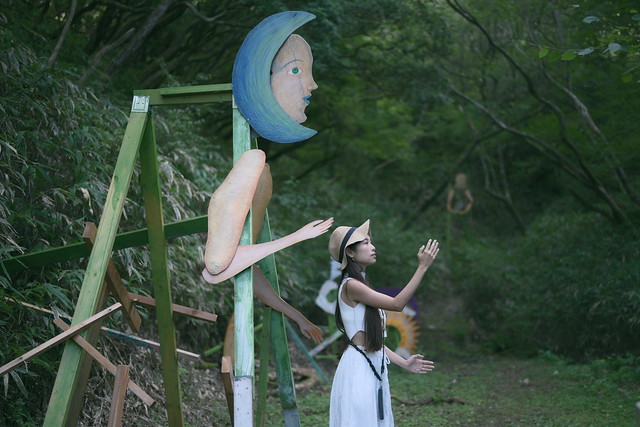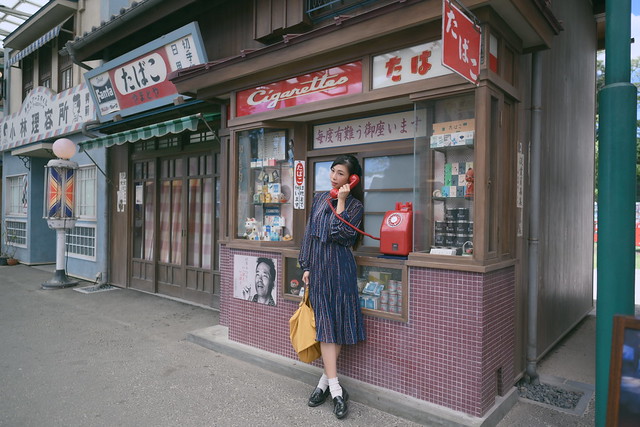
Salmon skin as shoes, seal fur as heat-tech jacket.
Staring at the artifacts displayed in front of me, I marveled at this curious culture that I had never imagined exist in Japan.
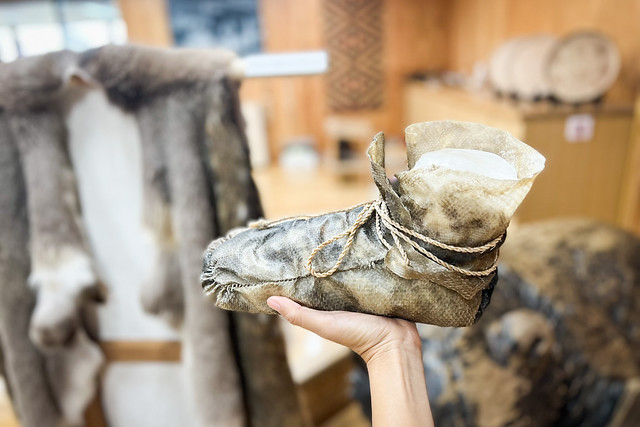
2022, Upopoy National Ainu Museum
That was back in 2010, my first ever time visiting Hokkaido, and also the first time I was brought to a small Ainu museum called the Pirka Kotan by my host family in Sapporo. Back then, I barely understood the Japanese language, let alone to fully comprehend such a deep, indigenous culture.
10 years later, Upopoy, the National Ainu Museum and Park–also the first ever national museum to be opened in Hokkaido–was officially established in Shiraoi Town as a symbolic space for ethnic harmony in Japan. Never did I expect the Ainu culture to have been revived so extensively in a decade.

TureppoN, a turep (giant lily bulb ), mascot of Upopoy
What is Ainu?
The Ainu is a group of indigenous people have long inhabited the northern Japan, particularly the island of Hokkaido.While the first historical material of Ainu culture dates back to around 15th century, some believe that Ainu people are remnants of the Jomon Period hunter-gathers and they have a distinctive language, religion, and culture that is completely different from the ethic Japanese majority.
To be honest, it isn’t easy to accurately portray the essence of the Ainu culture in one mediocre blog post. There’s just so much depth to it, it really depends on where one wants to start digging.
For me, sparks were ignited when I watched Golden Kamuy, a popular anime centered around the stories of Ainu people in early twentieth-century Hokkaido and authentically portraying the culture. I was so intrigued by the wisdom of the Ainu that I also started learning about matagi hunters and exploring spirituality, eventually bringing me to summon the courage and joined the Yamabushi training. Trust me when I say this: both native cultures have so, so much in common.

Autumn season at Upopoy
When it comes to the spiritual sides of Ainu’s lifestyle especially, everything now made sense to me on my third visit to Upopoy. Every ritual performed, every stories told, even every little gesture, reminded myself of my own Yamabushi training. In the end, the takeaways of both cultures to me are actually very simple: surrender yourself to the granduer of things, and revere deeply nature that provides us humans.
If you don’t want to go through textbook-long articles but still curious enough to learn the intriguing lifestyle of Ainu, I suggest watching Golden Kamuy. Anime is always the shortcut to getting up close and personal with a niche Japanese culture.

Asirpa, the heroin of “Golden Kamuy”
If you actually make your journey to Hokkaido, I would strongly recommend you to drop by Upopoy, for it provides an immersive environment to understanding the Ainu from all aspects of life.
Let’s dig a little deeper into what this national museum offers.
The primary facilities here are the National Ainu Park, the National Ainu Museum, and the Memorial Site.
National Ainu Park

An open-air museum-park
The National Ainu Park is an open-air recreation of a traditional Ainu Village, or “kotan”, that allows you to experience the inherited culture of the Ainu through the five sense.

Cise, “house” in the Ainu language
Watch a hauntingly mesmerizing traditional dance performance, get hands-on with traditional crafts such as carving or embroidery, get up close with real-life Ainu and take a peek into their daily life in the “chise” (house in Ainu language).

Traditional Ainu dance performance

Embroidery in Ainu motifs

A coaster with my own embroidery
One of my favorite activity was learning how to play “mukkuri”, a bamboo mouth harp which is the traditional instrument that Ainu women play. It sounds eerily like techno music, which I find incredibly fascinating.
National Ainu Museum
This is an area where you can learn about Ainu’s history and custom, The exhibition hall is divided into 6 themes which are language, universe, life, history, work and exchange.

“Iomante”, an Ainu ceremony to send a bear’s spirit back to the land of Kamuy

Intricately woven traditional apparel of the Ainu
For international visitors, you can actually download an app called “UPOPOY”, where you can navigate the entire museum with native language support in the form of text and audio.

Download the app “Upopoy” for a multilingual experience

Audio & text in your native language
Food
Hungry? Fret not. Upopoy has a selection of dining spots, from authentic Ainu cuisine to casual cafe space.

Roasted “Ezo shika” deer meat
I had an amazing lunch at HARU RAN NA Open Flame Dining and Cafe which is located at the Entrance Center. The hero dish was the roasted Ezo deer steak and ribs, which is a traditional delicacy the Ainu people savor. Even for those who have reservation trying wild game, this might be the experience you needed to change your perception about meat harvested in the wild. The bonus? Hunted meat are the most sustainable source of animal protein we can nourish ourselves with.
Shopping
Finally, don’t forget about the handcraft and souvenir corners where you can bring home a precious memory of your Ainu experience.
Here are some of my personal favorites:

“Bayu”, pure horse oil treasured as a natural skin care in Hokkaido

Handmade crafts by Ainu designers

“Mukkuri”, the mouth harp for only JPY1100!

Handkerchief collab with Japan’s luxurious towel brand Imabari

Made-in-Japan fabric pouches with Ainu motifs
Afterthought
In the current society where everyone’s eyes are on the topics of sustainability and preservation of mother earth, learning the worldview of the Ainu people and their perspective on nature has become more important than ever.
Since the days of yore, the Ainu people have been living in harmony with nature. They believe that if one shows little respect for life and nature and abuse what is gifted to humans, one is inadvertently causing harm to oneself, since the Kamuy will one day return and treat humans the same way. As a community, they do not exploit nature, and take only exactly what is needed to survive so as to prevent biodiversity loss and other irreparable harm to mother earth.

I strongly encourage everyone of you who intend to visit Hokkaido give a visit to this symbolic space that upholds and bring forth the precious cultures of the Ainu people.
Access
By car: Simply enter the MAPCODE “545194852” into the car navigation system
By train: JR Shiraoi Station, head towards north exit and it’s about 5~10 mins walk from there
URL


